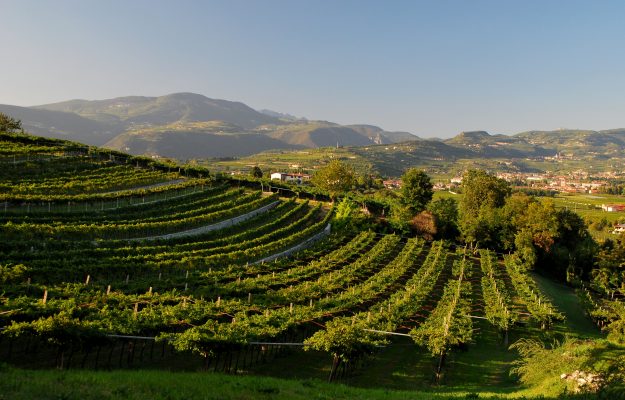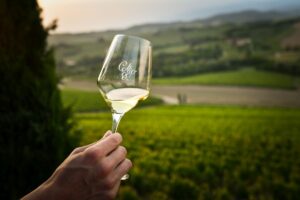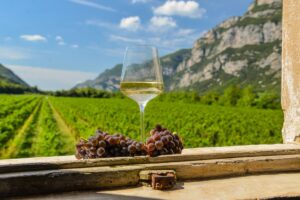“Biodiversity” and variety of production are often intrinsic characteristics of many wine territories. But, just as often, they risk to be overshadowed by the success of a symbolic product, which drives the image and the economy of the territory itself, but, unintentionally, risks to “steal” a bit of light to others not less important. This is the case of Valpolicella, where the determinant and fundamental success of Amarone, method wine par excellence, over the years has put in the background an important and expressive wine of the territory such as Valpolicella Superiore. This is the oldest appellation, but also the youngest from a commercial point of view. Today it is the product on which to focus for 93% of the producers of Valpolicella, one of the most important wine territories in Italy. This is stated by the internal survey of the Consorzio dei Vini della Valpolicella, which will be presented on June 24 in “Valpolicella Superiore - A Territory Opportunity”, a digital event designed to focus on the potential and challenges for the future of the denomination.
“We want to valorize the wine that best identifies with the territory - explains the president of the Consorzio di tutela dei Vini della Valpolicella, Christian Marchesini - starting with the reconstruction of the product identity and a vision shared by all producers. In particular, a sign of a turning point is the appassimento: 6 companies out of 10 do not intend to do this, while the remainder consider it useful only for a brief period. Overall, 94% of responding companies produce or market Valpolicella Doc Superiore but, as the companies themselves point out, there is still a lot of unexpressed potential, starting from recognizability and positioning”.
According to the results of the survey, which involved a sample of one third of producers/bottlers of the Consortium, there is, in fact, a lot of work to be done in terms of knowledge: for 62.4% of producers, Italian consumers know little or nothing about the product, a figure that rises to 7 out of 10 when foreign markets are taken into consideration. Slightly better is the Italian press, which has insufficient knowledge for 43.6% of companies, sufficient for 41.6% and good for the remaining 14.9%.
Still according to the point of view of producers, the main strong points of Valpolicella Doc Superiore are its organoleptic profile (indicated by 52.5% of companies for the domestic market and by 46.5% for the foreign one) and the versatility of matching (47.5% in Italy and 38.6% abroad). Among the elements of weakness from a commercial point of view in the domestic market, more than half of the companies (54.5%) recognize the weight of the multiplicity of styles within the typology, but also the competition of other Valpolicella wines (43.6%, with Ripasso as the main suspect) or the lack of a defined commercial segment (43.6%), factors that seem to have an important weight on foreign markets as well. And if Italy is the first outlet market, the main destination for more than three quarters of respondents (with the horeca sector accounting for 84.2% of sales), the highest step on the podium in the export ranking is Germany (destination for a quarter of companies), followed by the USA (23.2%) and Denmark (17.9%), while Holland and Switzerland share fourth place. As far as future investments are concerned, half of the companies aim to strengthen their presence in the USA, while almost a third (31.6%) are betting on Germany and Switzerland. As far as prices are concerned, 38.9% of companies place their products in the over 10 euro per bottle (ex cellar) range, 23.2% between 6 and 8 euro, 20% between 8 and 10 euro, 17.9% at less than 6 euro. A positioning that is expected to improve in the future, with 44.2% of the respondents aspiring to the over 10 euro range, in order to progressively move up in the price ranges below.
Not an easy path, but an ambitious one, which sees Valpolicella starting again from its history, to write a new future.
Copyright © 2000/2025
Contatti: info@winenews.it
Seguici anche su Twitter: @WineNewsIt
Seguici anche su Facebook: @winenewsit
Questo articolo è tratto dall'archivio di WineNews - Tutti i diritti riservati - Copyright © 2000/2025








































































































































































































